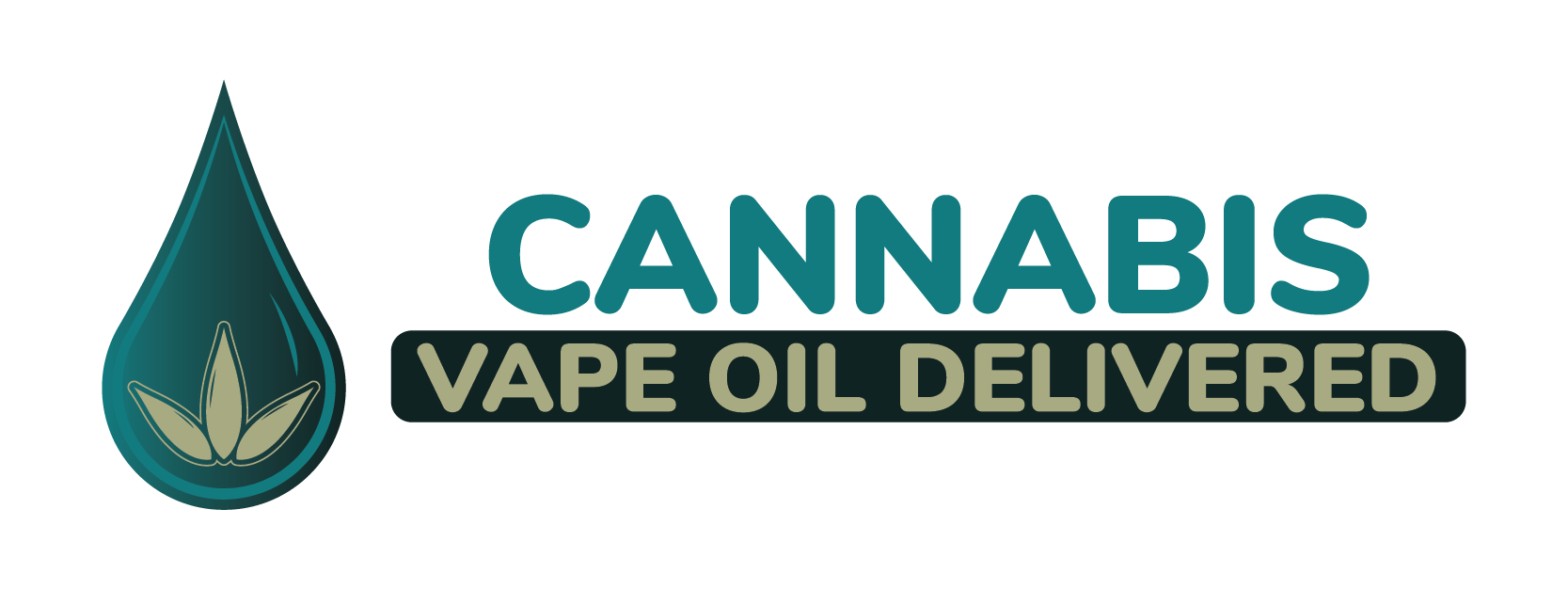For cannabis consumers exploring vaping as a preferred method of consumption, the choice between vaping cannabis flower or oil can be a defining one. Each form offers a distinct experience, with benefits and limitations that align differently with individual preferences, lifestyles, and wellness goals. Understanding how these two methods stack up in terms of potency, flavor, convenience, health implications, and cost can help you make a more informed decision.
Vaping Cannabis Flower: A More Traditional Approach
Pros:
- Full-Spectrum Experience: Vaping whole flower provides the entourage effect—meaning cannabinoids and terpenes work synergistically for a richer, more therapeutic outcome. The flavor is typically more nuanced, especially with strain-specific varieties.
- Minimal Processing: Flower is closer to its natural form, appealing to consumers who prefer minimally processed cannabis. With the right dry herb vaporizer, you can avoid combustion and still enjoy smooth vapor.
- Strain Variety: Dispensaries carry an abundance of flower strains, offering customization of effects (e.g., uplifting sativas, relaxing indicas) that some oil cartridges can’t fully replicate.
Cons:
- Equipment Maintenance: Dry herb vaporizers often require regular cleaning and can be bulkier than oil pens. There’s also a learning curve in temperature control for optimal vaporization.
- Less Discreet: Vaping flower produces a more noticeable aroma, which can linger and is harder to mask than oil vapors.
- Shorter Shelf Life: Cannabis flower can degrade more quickly if not stored properly, especially in humid or light-exposed environments.
Vaping Cannabis Oil: Potency Meets Portability
Pros:
- Discreet and Convenient: Oil cartridges are compact, easy to use, and emit far less odor—ideal for on-the-go sessions or discreet usage in public.
- Potency and Consistency: Cannabis oil is often refined to provide a more potent and predictable experience. Some oils contain THC levels exceeding 80%, which can appeal to high-tolerance users or medical patients.
- Custom Formulations: Many cartridges are available with added terpenes or CBD to enhance specific effects such as sleep, energy, or pain relief.
Cons:
- Processing and Additives: Cannabis oil often goes through several refinement steps and may contain cutting agents or flavor additives that raise health concerns. Always look for products tested for purity and contaminants.
- Less Entourage Effect: Some oils, especially distillates, isolate THC or CBD, which can reduce the entourage effect seen in full-spectrum flower.
- Device Compatibility: Not all cartridges work universally. Mismatched batteries and cartridges can lead to leakage, poor vapor quality, or hardware failure.
Which One Is Right for You?
Choosing between vaping flower and oil largely depends on what you prioritize as a cannabis consumer.
- If natural flavor, a full-spectrum experience, and strain diversity are your main goals, flower vaping may be your best option.
- If you prefer portability, discretion, and high-potency convenience, then cannabis oil might be the smarter choice.
Many seasoned consumers eventually use both, selecting based on context—flower at home for richer sessions, oil pens for public or travel-friendly options. Either way, always purchase from reputable dispensaries and verify lab-tested products for safety and efficacy.
